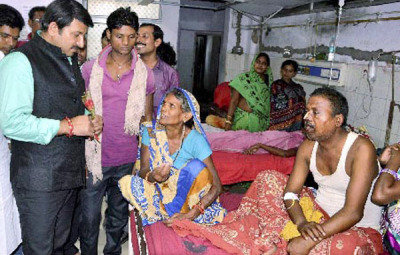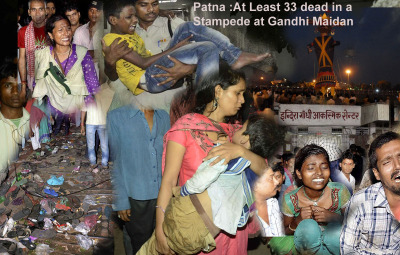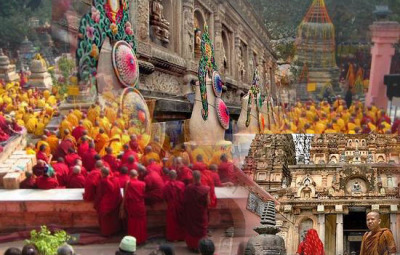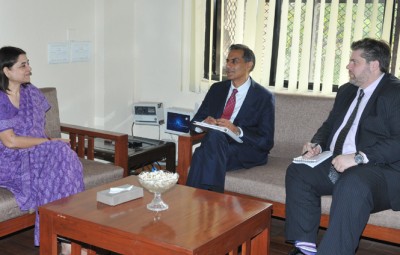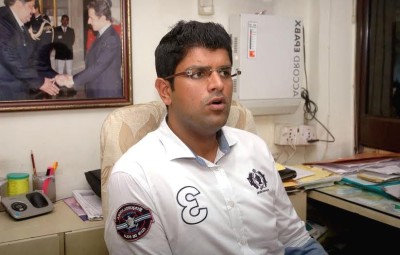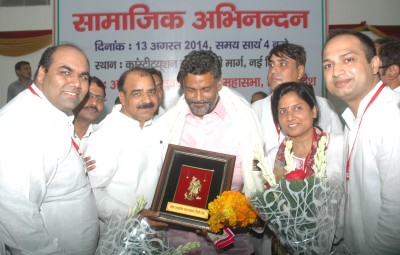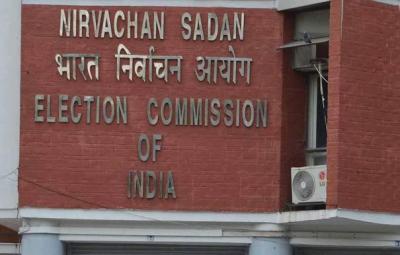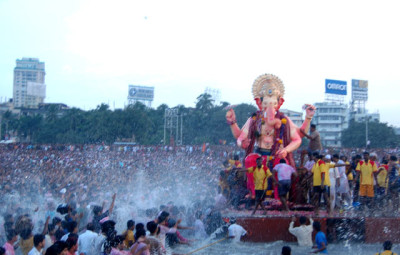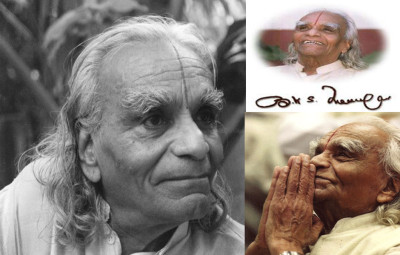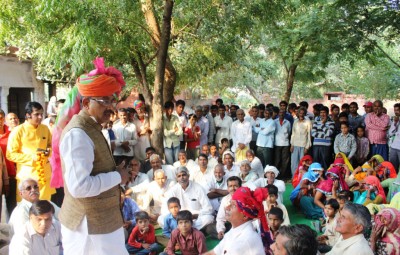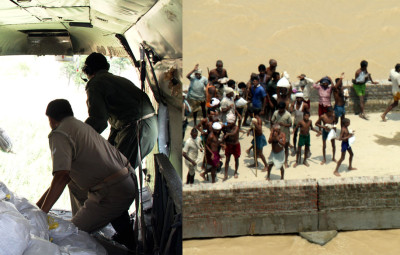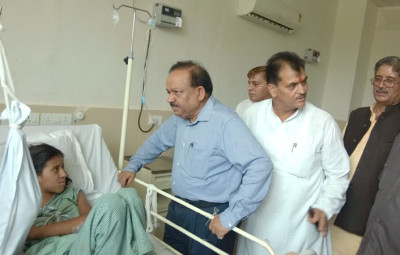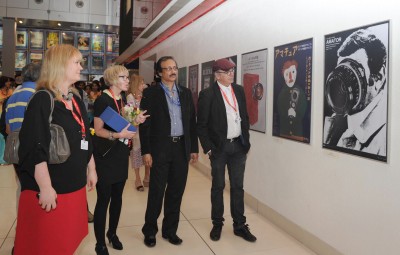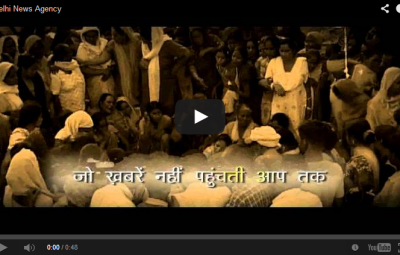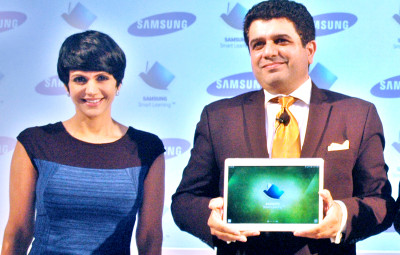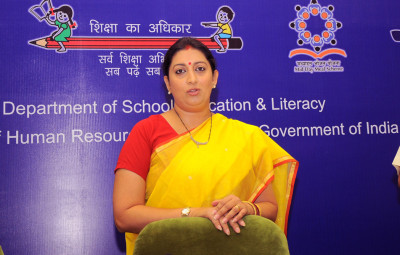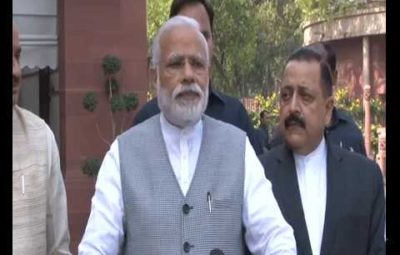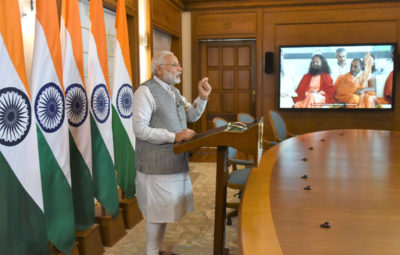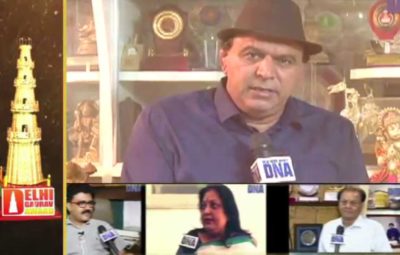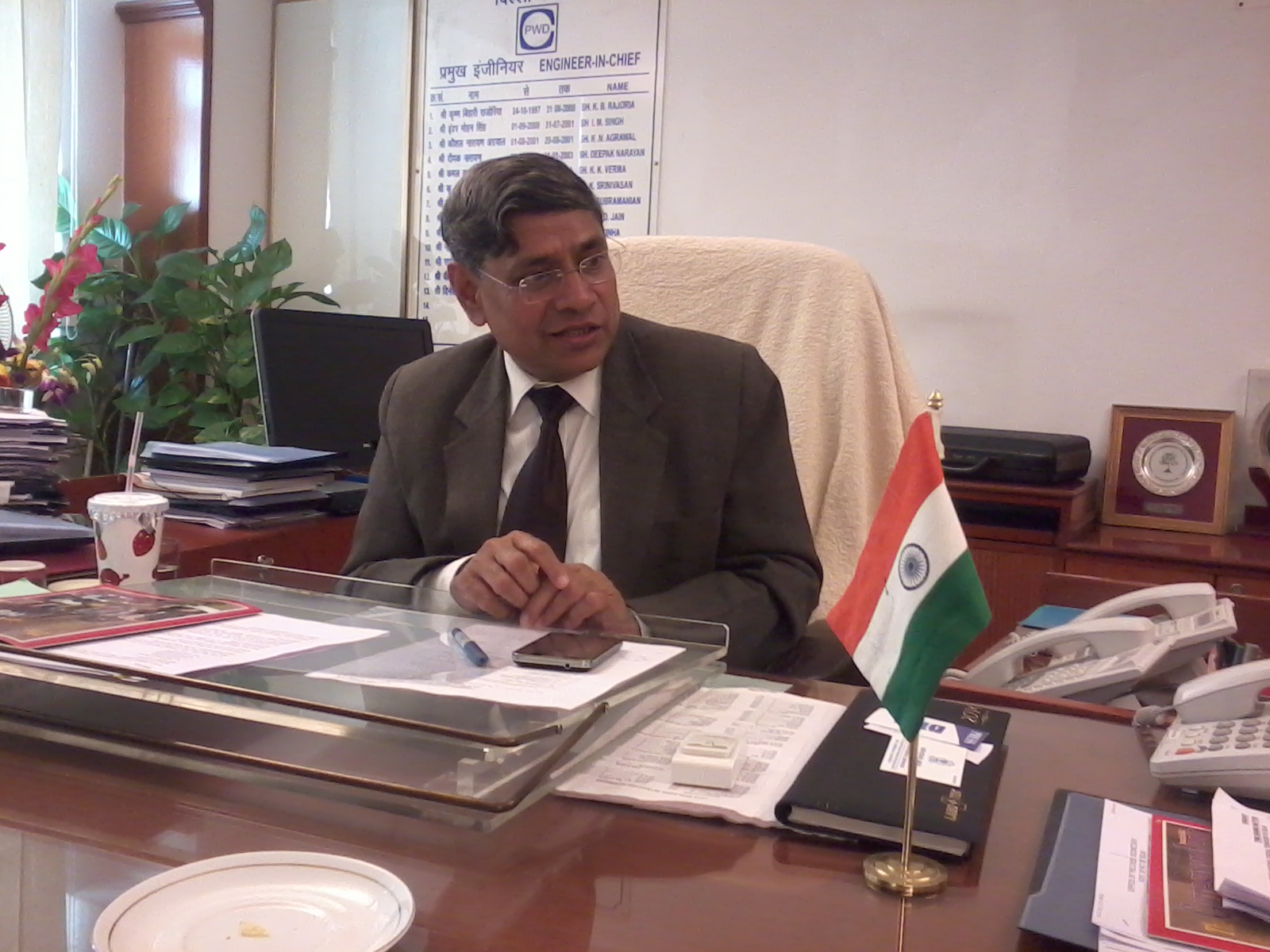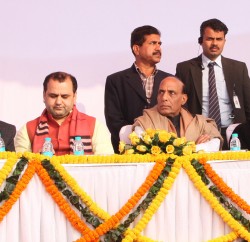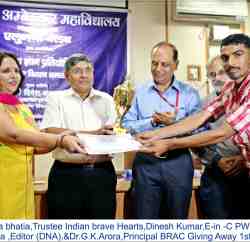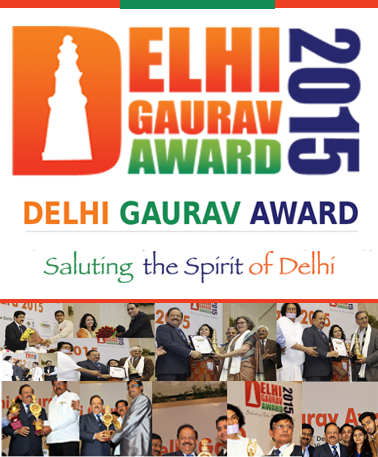New Delhi :-The traffic mess in Delhi is getting sorted out and more so in the last couple of years. Driving around the city is less taxing than it was in the nineties. The roads are broader with relatively less number of red lights due to many innumerable flyovers, slips and signal free zones that have come up in the last few years in the National Capital.
And the credit goes to an unassuming man, who has been at the helm of sustained efforts to make the city a smooth ride. Sitting in his 12th floor office above the Delhi Police Headquarters, Dinesh Kumar, Engineer in Chief of Delhi’s Public Works Department smiles when reporters tag him as the ‘Flyover Man of Delhi’.
And it is not without reason why he is called the flyover man of Delhi. Post 1982 Asiad, Delhi could only boast of 3-4 flyovers. But it changed with Kumar as he built or supervised and gave his personal touch to over 60 flyovers in various capacities in the Public Works Department. Now as the boss of PWD, he is not sitting on his laurels. He is working on several road and flyover project concepts simultaneously. “The biggest challenge in the city is to keep the 1,250 km stretch of busy roads fit for hassle-free movement of vehicles.”
And work is on. “We are making a road that will connect Mayur Vihar to Gazipur along the canal that comes from Hindon. This will ease the traffic situation on the main road at Akshardham towards Ghaziabad,” he explains while admitting that the situation keeps getting compounded each year. The number of vehicles in Delhi is a major issue. While the four lane roads are designed to handle approximately 6,000 cars an hour, they get approximately double the number of vehicles during peak hour. “Naturally this will lead to jams,” but quickly add, “Its only at peak hour timings. The rest is an easy ride.” This is true for most of the city. Non-peak hour travel is rather comfortable.
And Dinesh Kumar has been making roads and flyovers for most of his career. A visionary and a techno – managerial professional with excellent judgment.. goes his biodata. And why not with such an illustrious, spotless career, he has all things going. He wants to take up a more challenging job where his specialization skills and managerial abilities can be put for wide public use, he admits.
And work has been his passion. He is not majorly into sports but recently, he showed his artistic side by illuminating Mahatma Gandhi’s mural on his office wall with the National Flag colours lights, as a part of the Independence Day celebrations.
A civil engineer from Roorkee University, Kumar could have dreamt of nothing else. And immediately after passing out from college, he got into the CPWD. And from there on it has been a steady and uphill journey, building brick by brick, he tells in a candid interview to the Correspondent.
Excerpts of the interview
How do you take the tag – Flyover Man of Delhi?
DK: It’s a tag reporters give me as I have constructed over 68 flyovers apart and slip roads, a part of 1,200 km plus roads under the PWD. And this has happened in the last 15 years or so. Most of the flyovers however, have been built post 2006 and the construction really picked up leading up to the Commonwealth Games.
When did it actually start?
It started in 1988. Till 1995 it was mostly in planning stage. Any by 1996 we had only four constructed flyovers. In the next two years, we had more flyovers – big ones like Moti Bagh and Africa Avenue and Sarita Vihar and Nehru Road flyover. In 1999, we completed AIIMS The major work happened from 2000 to 2006. We completed UP link road in 2010, it was a big relief.
Which was the most challenging and expensive flyover?
Barapullah fly over was certainly the most expensive and even challenging. We are meeting stiff deadlines and constructing over a nallah. But its not about expensive. It how you make the project relate to the people. I incorporated aesthetics planning and landscaping along with the elements of congestion for a free ride for the motorists. These elements are amply reflected in the facilities like the AIIMS flyover, Mukarba Chowke grade separator, foot over bridge, subways and elevated corridors.
For noise barriers, is there any plan to make the city noise free by installing barriers like the ones during Commonwealth Games?
The noise barriers have been in great demand. The residents of Panchseel Enclave. for instance, are demanding the barriers in the form of a wall. We can’t do that but fabricated barriers are a much cheaper and better option. We then have to consider the entire city and not only a particular colony.
Are the flyovers improving in terms of technology? Some old flyover had gaps, making a very bumpy ride?
Yes. Earlier we used to have pillars at 30 meters distance. Now we have at 60 meters difference. The gaps have also been reduced and flyovers are far smoother than older ones.
Government, officials don’t get a chance to speak. It is usually the elected government that talks about its plans.
DK: Yes, usually the ministers to do the talking part. But now there is no elected government, and the senior secretaries feel that the good work of the government should also be brought out. Mr Ramzdan gave the way. But I must add, elected governments and political leaders have appreciated our efforts. Former Chief Minister Sheila Dikshit, for instance was a great motivator – always asking about the progress regularly. In fact I have had even Opposition members praising the work of PWD.
But all is not honky-dory. There were problems too. Do you feel that the BRT was a bad idea for Delhi?
Conceptually BRT is good. It has to be a combination of many factors. There is no connectivity between various metro and the BRT roads. There has to be connectivity between modes of transport. One should be comfortable leaving their car at one place and go by public transport, if there is connectivity and more facilities. And the people have to behave. And it cannot change all of a sudden.
Have you always been posted in Delhi?
I started my career with Delhi and here I am in Delhi again. I have also been posted to Andaman and Nicobar Islands. And there too I was involved in constructing one of the major landmarks there in Port Blair – The Havelock road. Now there are many hotels along the road and it is a major tourist destination. Besides I have had the opportunity to work in Bihar and nearly 1,700 km of state highways became motorists delight.

